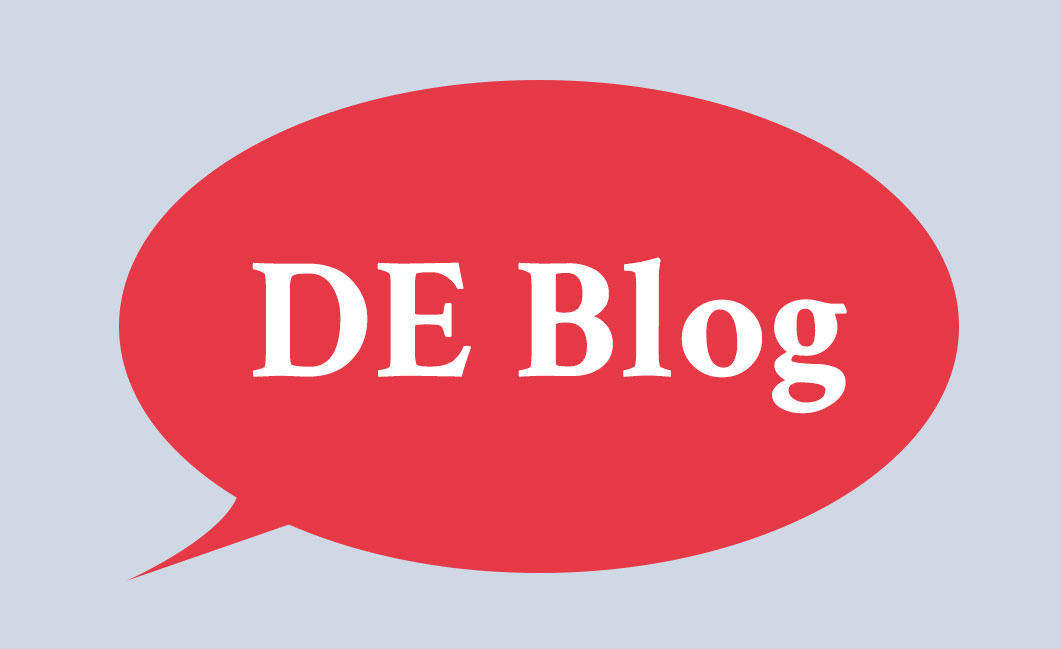Two Types of Documentation
One of the most common questions we get is about citing sources in Chicago – and the answer is…it depends. There are actually two ways to cite sources, which is quite different than most other formatting styles, and can be confusing.
To reference sources, the Chicago Style system uses either the so-called “note-bibliography” (NB) system or an “author-date” system, which closely resembles the systems of the Modern Language Association (MLA) or the American Psychological Association (APA). The NB system is usually used in disciplines like history, philosophy, and religion, whereas the parenthetical style is preferred by the social sciences, such as political science and economics.
The NB system relies on either footnotes or endnotes within the manuscript to cite sources. This also enables the researcher to conveniently introduce tangential yet nonetheless relevant information to the manuscript. For this reason, notes can become quite lengthy at times.
The author-date system puts the last name of the author and the date of publication in parentheses at the end of the sentence. Unlike MLA and APA, no punctuation is used between these two parts, except if page numbers are included (e.g. John Doe 2014, 120-121). With this citation style approach, the writer must include a “References” or “Works Cited” page at the end of the manuscript.
Chicago v. Turabian
CMoS and Turabian formatting are very similar. Both are put out by the University of Chicago Press, and most of the formatting elements are the same. CMoS tends to be more publishing-oriented, whereas Turabian focuses more on research papers and academic work. Some programs use the terms interchangeably, so it’s always best to ask specifically which formatting style you’re following, and what kind of citations are expected. (Don't worry, we'll have a separate post about Turabian soon!).
Our formatting experts are fluent in Chicago-style formatting, and are always happy to format your dissertation or thesis for you, per your program guidelines. CMoS can be confusing and daunting, but it doesn't have to be that way - we can help with your formatting needs and help lessen your stress. Contact us today to see how we can be of assistance! < Choosing a Theoretical Framework Thoughtful Thursday: the Importance of Connection >
